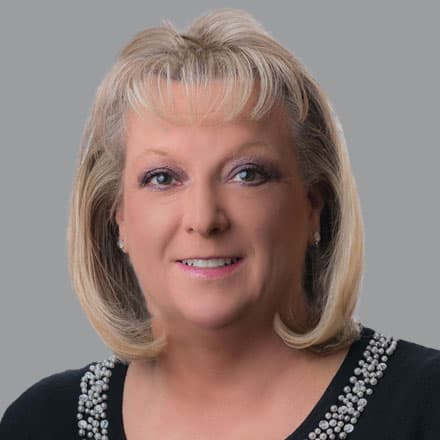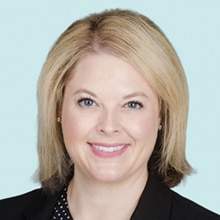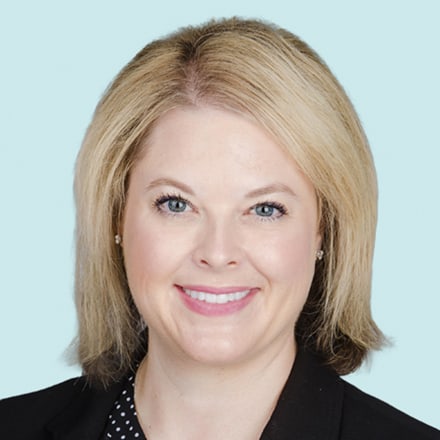Inside Angle
From 3M Health Information Systems
Three questions with Garri Garrison: Connecting with clients, advancing technology and co-opting coordination between teams
I sat down with the 3M Health Information Systems Division President Garri Garrison to talk about connecting with clients and ensuring they are prepared for a smooth transition to automation and how to align their teams for better coordination.
Over the last few months, we’ve been tiptoeing back into a semblance of “normal.” With the rise of COVID-19 cases and the start of flu season, all indicators point to continued virtual work. How is 3M maintaining client relationships where virtual connections happen more often than in person? What are some of the unique things we’re doing to ensure we’re connected without being in person?
Throughout the pandemic, 3M has been intentional about ensuring our clients have frequent and meaningful touchpoints with our teams. We’ve provided webinars for continuing education and virtual opportunities to connect with each other through events like 3M CES. Depending on the comfort level of the client, we are holding some in-person meetings. We always adhere to established safety protocols for both 3M and our clients to ensure the health and safety of our team and our clients. If our clients require masks or request that we teach six feet apart, we do it.
We are also attending some of the upcoming in-person industry events, like ACDIS, HFMA and RSNA. While HIMSS was smaller this year, our team was there on site and thoroughly enjoyed seeing so many of our clients. We look forward to continuing to connect with our clients in as many ways as possible and in ways that allow us to prioritize the health and safety of everyone. And while virtual meetings aren’t as much fun, we’re thankful for the technology that allows us to connect safely.
Speaking of technology, when the pandemic started, virtual meetings were kind of a nightmare. “You’re on mute. Can you see my screen? Can you hear me?” were common phrases. Now it is second nature. As 3M continues to advance our journey to automation, what’s the most important thing we can do to ensure our clients have a smooth transition and aren’t bogged down with the administrative tasks of learning new, complicated technology?
One of the most important things our team does is provide personalized customer support during installations. We have so many best practice examples that we follow, and our teams have spent many hours training on the system so they can best support our clients. We wrap most of our products with services that look at what process changes a client may need so that the transition is smooth and goes as quickly as possible.
We know implementing new technology and new processes isn’t easy, so we’re really mindful of the amount of time we request of a customer. If a customer, for example, is experiencing a surge in COVID-19 cases and may be in an overflow situation, we are going to get guidance from the customer before asking for a meeting with their key physicians. Physicians focused on managing the medical crisis likely do not want training on new software to be scheduled during this time. We really try to understand the specific situation at a client site, including staff stress levels and managing high capacity volumes. We do our best to accommodate and educate our clients so that technology isn’t adding yet another burden to our clients’ already overflowing plates.
As part of this automation journey, aligning revenue cycle and clinicians around clinical documentation integrity (CDI) will be vital. Can you talk about some first steps clients can take to create better coordination between the two groups?
One of the first things that we do when undertaking a new project that involves aligning multiple teams is to acknowledge the historical challenges that tend to exist between coding, CDI and physicians; and what we can do to overcome it. The first thing we recommend is to set a unified organizational mission. What are you trying to accomplish and how can each group contribute to the overall success? When everyone starts from the same place and has the same understanding of baseline performance, then you can better align the team to the mission and goal of what you want to achieve. Benchmarking the client’s specific data to the industry is another helpful tool in setting this organizational mission.
We also encourage our clients to hold joint meetings with all stakeholders instead of splitting them up by role. This could include finance, coding, compliance, case management, quality, information technology and physician leaders. Establishing a core team keeps everyone on the same page and rowing in the same direction. You want to make sure that every stakeholder feels like they have a seat at the table and has the same understanding of the mission, goal and measurement…and most importantly, why we are doing this.
Even if the project is specific to the coding team, other key team members should be included to ensure success. For example, the quality team needs to understand that documentation improvement will influence many monthly metrics being captured, reviewed and reported both internally and externally. Metrics impacted by improved documentation that can drive higher reporting accuracy, include higher severity of illness and expected risk of mortality, improved complication and comorbidity capture rates, increase in case mix index, improved HCC capture, fluctuations in patient safety indicators, and hospital acquired infections to name a few. Broad awareness is vital to organizational success.
Another piece of advice that we’ve seen work tremendously well in other organizations is to establish an internal audit team including coders, CDI nurses, compliance staff as well as a key physician champion. Combining coding, compliance and clinical views often can improve overall results from documentation improvement. Each person can learn from the other and combining that unique knowledge results in the best outcomes. We recommend joint training for the documentation teams that supports a broader perspective on the overall mission. Initial and ongoing education for the medical staff is critical to the overall success of the program.
Leadership also needs to understand what tools and education are needed to support the mission. Analytics, auditing and other requests that come in through the stakeholders will allow the teams to see patterns and identify areas of focus to advance the mission. Combining insights and perspectives of a variety of stakeholders can help lead to better automation and adoption of the technology.
Garri Garrison is division vice president for 3M Health Information Systems.
Kelli Christman is senior marketing communications and strategic communications specialist at 3M Health Information Systems.




